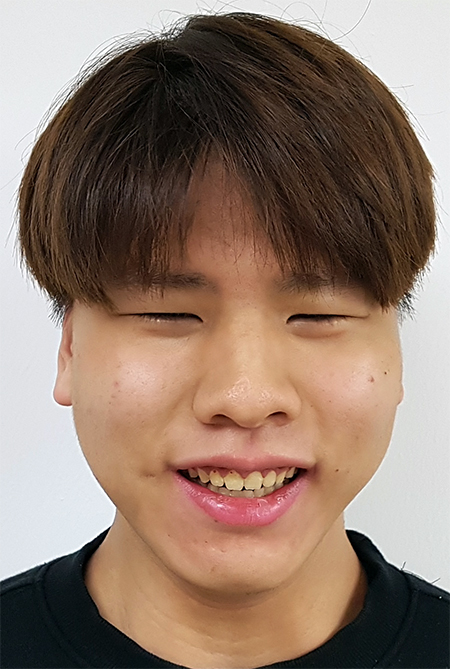What does art mean for 21st-century contemporary artists? And what is the social role and meaning of their work? How can modern art communicate with the public, without being limited by the conventional obsession with visual aesthetics? An exhibition, Lee Bul Beginning, has broken down some of these personal questions.

Lee Bul is a world-class installation artist and performing artist. She is well known as a proud feminist, but above all, she is known as an artist who breaks social conventional wisdom about the performance and development of her time with a work full of experimental materials and new techniques. As I started to learn about her exploratory approach and challenging spirit, I could not miss the opportunity to experience her work in person at the Lee Bul Beginning exhibition. The exhibition was like a comprehensive gift set that combined "Soft Sculpture" and "Performance Documentations," which she had focused on for more than a decade early in her career.

As soon as I walked into the lobby, I encountered a work called Hydra. The huge balloon is connected to several pumps to capture the audience's attention. Unknown bizarre figures are printed with a figure of a woman decorated with a variety of costumes and decorations that are in disarray, such as a geisha, a shaman and a wrestler. Most of the monuments and statues were set up in honor of male figures and are made of hard materials such as metal, whereas this monument was a huge, soft balloon, which gave me a fresh feeling. Through the convergent and unique images of Asian women, I thought the purpose of her works was to criticize the simple and limited view and prejudice toward women that men had at the time of their creation. The contrast between the strong image of hydra, which does not die even if its head is cut off, and the image of a fragile balloon, made it possible to get a glimpse inside her mind and understand her intention.
As I passed through the lobby and entered the first exhibition room, I saw, in my opinion, Lee’s most impressive work. It is her Monster series that she began working on in 1988. From the first impression to the shape and material, it looked very strange and new. This work is also made of soft material — in this case fabric and cotton. At the time of its creation, Lee Bul was skeptical about Korean art education, which was rigid and traditionally emphasized using a limited set of materials. For an artist who has to think outside of the box and consider various ways of expression, having to make works with only hard stones and metal must have been a big challenge for her to overcome. It is something that many young students, including myself, can sympathize with. Unlike the material used to create Monster, the form of this work seems to represent the dark side of human nature. It looks like a deformed creature created by being exposed to radiation, and some body parts such as the human limbs make this work even more grotesque. The artist's intention to project a pessimistic future rather than the positive potential of humankind could be clearly understood. I could not help but reflect on the problems that social development and technological advancements will continue to bring in the future. Since then, her endless questions continue into the exhibition room. Through more than 10 of her past performance records, she was able to capture the limitations of current styles of art, preconceptions about gender, and her exploratory spirit and energy for new art materials and space.

Lee Bul has a special ability to deliver powerful messages to the public's eyes by simultaneously showing conflicting properties such as beauty and ugliness, hardness and softness, and light and darkness. Experiencing her exhibition was a valuable and thought-provoking opportunity for me, and I was challenged to reflect deeply over her core value as an artist and the social role of art.

Kim, Jinyoung Jake
Grade 11
The Learning Community International School

